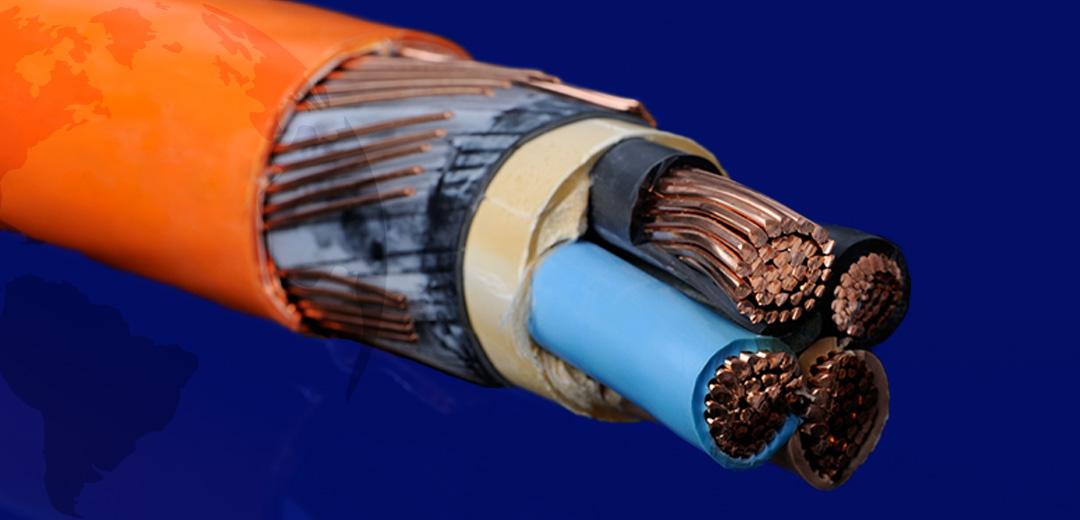Question: No one in this thread mentioned the use of Type G Portable Power Cable, size 6 AWG 4 conductor rated at 70 Amps for portable hookup? Is there some reason this type of cable would not be suitable?
[h=2]
http://www.wesbellwireandcable.com/...nductor-industrial-power-cable-82624.html[/h]
I use type W. I went to using it after finding some SEOOW cable that was not rated for exposure to diesel. That seemed important to me.
Everything below is discussing copper wire and copper wiring.
Type G is closely related to type W in terms of performance (ampacity, and insulation/temperature characteristics). It has more ground wires as the common use of type G is in marinas where one cares a lot about the existence of a ground and its continuity. Type GC is basically type G with a ground check wire.
Both versions have fine wire for better longevity in repeated flexing (rolling and unrolling). Both are used in moving electrically powered machines, which is why these cables are mine safety rated (MSHA) because they are used in mines to power equipment. It is also why type W is the preferred cable type for the entertainment industry. They are much tougher cables than SEOOW/SOOW, with better abrasion resistance, better solvent resistance, and better flexibility. They are larger in diameter compared to their equivalent SEOOW cables, and their bending radius is larger, so your cable spools should have larger inner diameters.
Both type G and type W are typically a higher temperature rated cable (90C or 105C), and that results in higher allowable currents, but only if the connectors/breakers are also rated for 90C or 105C. (Many are, but check.) They are also usually rated for 2,000 or more volts.
The Type W and the Type G power cables are very similar. They are used for nearly the same applications. Learn more!

wesbellwireandcable.com
Finally, to an earlier incorrectly stated point about amperage ratings, the wire or cable rating is for the maximum current at the maximum temperature. The voltage drop (V=IR) comes from the current actually going through the cable. A 6ga wire has about 0.4ohms per 1000', so 55 amps going down and back a 50' 6ga run will have a 2% voltage drop. If you run a lower current, the voltage drop will be less. Also, the total power loss would be 121W over the same 6ga set up (Power lost is = I*I*R) Switching to 4ga would drop the loss to 72W. The 49W savings might be important to you, or not.
The full NEC flow chart for cable ratings is here;
Note: the above table covers current carrying conductors, i.e. Not grounds. Derating to the maximum current allowed applies for three phase cable uses if the neutral carries current. (80% in the three phase + active neutral = 4 conductor case) Finally, current carrying capacity gets reduced as the outside air temperature goes up.
e.g. At 105F, your 6ga cable is derated 13-29% (90C cable to 60C cable). That goes for your in conduit wiring as well.
FWIW: Most of the surplus 50A+ cables that I have seen are type W.
I can't speak for other places, but locally running conduit with 6ga THNN wire is 50% more expensive than type W, but you do have the hassle of wrangling reels of bulky cable if you don't hard wire the bulk of the run. (And here 6ga THHN copper wire isn't easy to come by.)
All the best,
2Pbfeet


